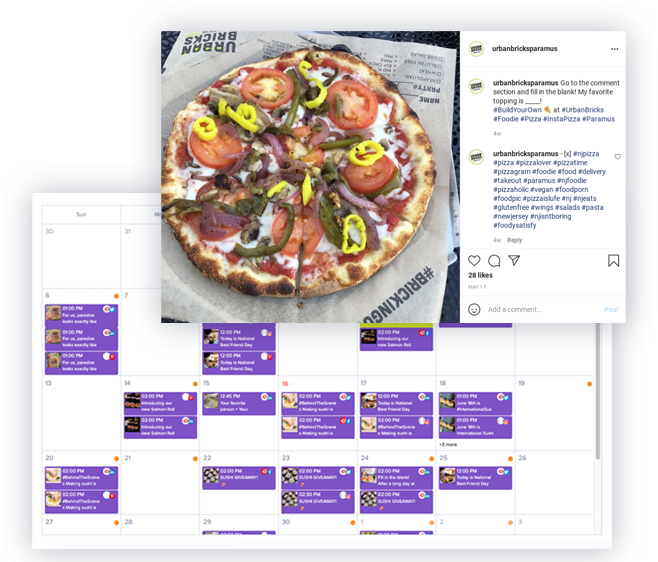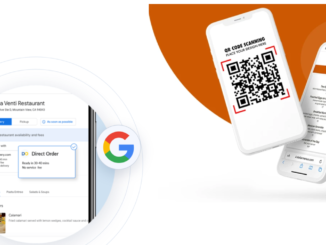
By RTN Staff - 1.4.2023
Chowly, a leading digital ordering platform for small and medium-sized (SMB) restaurants, has announced its acquisition of Targetable, an automated digital marketing platform for the restaurant industry. The acquisition is expected to enhance Chowly’s suite of services by integrating Targetable’s innovative marketing technology, providing a cost-effective marketing solution for restaurateurs. Terms of the acquisition were not disclosed.
 The acquisition marks Chowly’s second in the past year, furthering its mission to provide SMB restaurants with the tools they need to succeed in a digital and off-premise driven restaurant industry. The integration of Targetable’s technology is expected to help restaurants increase sales without adding operational complexities.
The acquisition marks Chowly’s second in the past year, furthering its mission to provide SMB restaurants with the tools they need to succeed in a digital and off-premise driven restaurant industry. The integration of Targetable’s technology is expected to help restaurants increase sales without adding operational complexities.
Sterling Douglass, Co-Founder and CEO of Chowly, noted in a press statement that the combination of Chowly and Targetable will benefit thousands of restaurants. He praised the work of Targetable’s founders, Andrew and Mark, for their deep understanding of customer needs and their alignment with restaurants’ desire for technology that is “done for them. Andrew J. Nash, CEO of Targetable, also expressed optimism about the acquisition, stating that Chowly’s strategy and customer base will accelerate Targetable’s growth and allow its technology to serve more restaurants.
Earlier in 2023, Chowly acquired Koala, a guest experience platform, which led to the launch of Chowly Online Ordering in June. The combination of Chowly and Koala was engineered to provide tens of thousands of SMB and independent restaurants with a comprehensive solution, including enterprise-grade online ordering, advanced data analytics, and machine learning recommendation engines to boost basket sizes.
This was followed by the launch of Smart Pricing and Chowly’s Restaurant Control Center, positioning the company for continued growth. Chowly’s Smart Pricing, launched in May, helps small and medium-sized (SMB) restaurants maximize digital ordering profitability, allowing them to compete more effectively in the digital ordering and third-party delivery marketplace. In March, the company launched its Restaurant Control Center. Thw new tool serves as a centralized hub for integrations and empowers restaurants with consolidated data, business insights, and greater control to boost revenue and long-term growth.
 The integration of Targetable’s technology will enable Chowly to drive more traffic to restaurants’ online ordering solutions and seamlessly integrate these orders into the restaurant’s Point-Of-Sale (POS) system. This simplifies the process for restaurants, reducing the need for multiple vendors.
The integration of Targetable’s technology will enable Chowly to drive more traffic to restaurants’ online ordering solutions and seamlessly integrate these orders into the restaurant’s Point-Of-Sale (POS) system. This simplifies the process for restaurants, reducing the need for multiple vendors.
The teams at Chowly and Targetable are currently developing a combined product for SMB brands in the restaurant industry. More information about this product will be released in the coming months.
Chowly is a leading digital ordering platform for restaurants, enabling them to expand their off-premise capabilities and streamline operations. It integrates digital orders and menus with the largest marketplaces, such as Grubhub, Uber Eats, DoorDash, and Google, directly into a restaurant’s POS system. Chowly’s portfolio includes over 17,000 locations across more than 3,000 restaurant brands.
Targetable is an automated digital marketing platform for restaurants. It generates multi-channel ad campaigns and handles restaurant discoverability through its listing management system and managed email marketing. Targetable’s suite of products is designed to help restaurants increase awareness and customer acquisition.
“Restaurants have seen a lot of change since the pandemic and continue to be under a lot of pressure,” Douglass told Restaurant Technology News last year in a Spotlight Interview. “Especially with inflation leaving its mark with rising food costs, rent and employee wages. Chowly can alleviate pain points as it solves a set of problems that many restaurants in the industry face today. It’s an essential tool for any restaurant looking to grow its off-premise sale and drive its digital business forward by decreasing labor costs, increasing order volume and ultimately boosting revenue and growth.”




